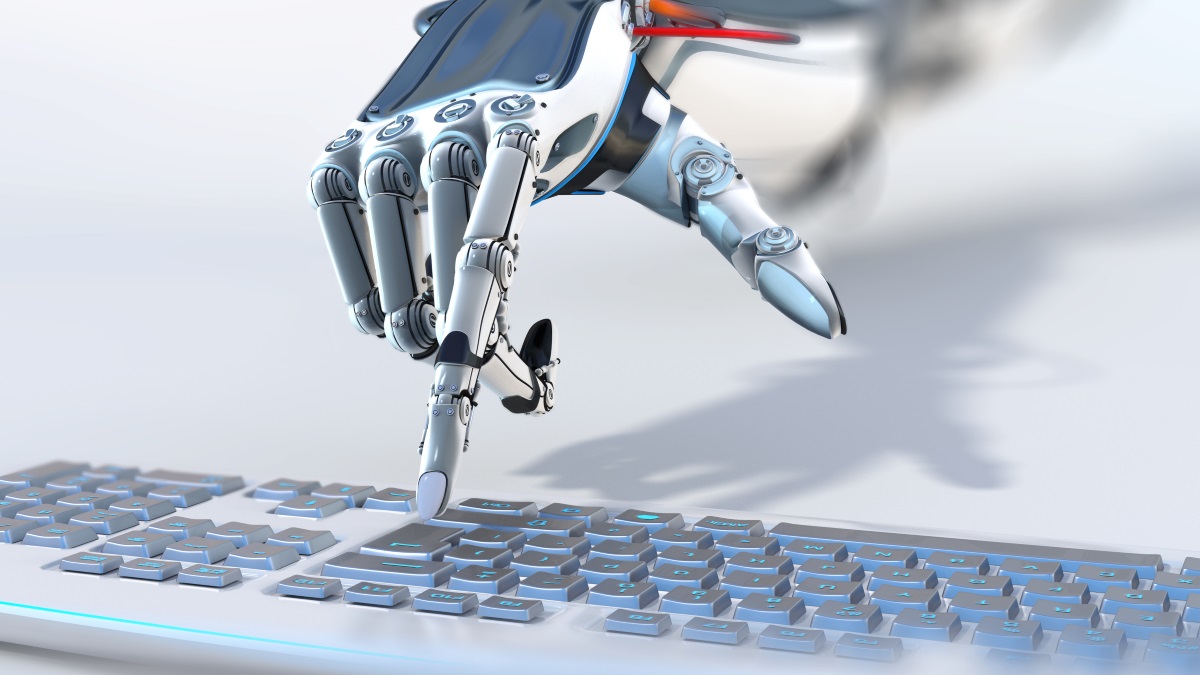Blog
Alexander Kulitski
We all hear this strange abbreviation: “M2M” here and there and almost everywhere. We just know it could make our life simpler somehow and we all heard it is connected with machines and IT. But how does it actually works?
The M2M, which stands for machine-to-machine communications, means the technology that connects machines that are distant from one another using the help of the Internet; and most of these connections are controlled by software.
M2M technology involves machines and devices communicating information to between each other. Special applications translate information into data which is relevant to the end user. The data is analyzed and monitored according to those specifications. Certain data triggers automated actions. The machines communicate with each other (and with users) remotely. So you can manage the process (and the machines themselves) from anywhere.
This may sound really hard to swallow but this sip of information is actually quite simple. Basically, M2M networks are very similar to LAN or WAN networks, that’s why it is often called The Internet of Things but are exclusively used to allow machines, sensors, and controllers, to communicate. These devices send information they collect back to other devices in on the network. This process allows the user to assess what is going on across the whole network and issue appropriate instructions to devices connected to the network.
Making a machine-to-machine communications system work is a step-by-step process. The main three elements in this process are: sensors (usually they can send telemetry wirelessly), a wireless network, and a computer connected to the Internet. The engineers place sensors in strategic locations. These sensors send “live” data to a wireless network which is connected to the Internet. The engineers can monitor the whole process analyzing the incoming data with specialized software.
Here’s an example: Imagine running a business preparing frozen food and delivering it to grocery stores. M2M technology can track the location of all the trucks and how quickly they approach each store. It can also alert you when a truck is low on fuel or needs repairs. In addition, it can actually send an automatic request for a maintenance appointment to your mechanic. Sensors can monitor the temperature in the refrigerated trucks, and if the temperature gets too high, M2M can be programmed to lower it so the food stays frozen.
The question that arises is: where else can we use M2M communication technology apart from delivering frozen food in time? Actually, the answer is: almost anywhere.
At homes
The most popular example of the usage of the Internet of Things or M2M is the so-called «Smart Home». It involves the control and automation of lighting, heating like (smart thermostats), ventilation, air conditioning, and security as well as home appliances(washers and dryers, ovens, refrigerators and freezers) where remote monitoring and control is implemented with the help of M2M.
In healthcare
Healthcare is another prominent M2M application example and comes in many forms including e-health, m-health, telemedicine and assisted living. Patients with non-life-threatening conditions can be issued with sensors (for blood pressure or blood sugar levels for example), sent home and monitored remotely by medical staff — and can often be shown how to interpret the data themselves. This will free up hospital beds and doctors’ time for more urgent cases.
In retail
Retail is a great field for M2M technology development applying to areas such as in-store product placement and replacement, kiosks and digital signage, vending machine management, parking meters and wireless payment systems.
In manufacturing
There are many reasons why «smart» manufacturing is a good idea. Digital control systems, asset management and smart sensors can maximize operational efficiency, safety and reliability, while integration with smart building systems and smart grids can optimize energy consumption and reduce carbon footprint. And, of course, the smarter the manufacturing process, the quicker it can respond to changing customer demand.
As you can see machine-to-machine technology can be applied in many spheres of our life: from helping to get frozen peas to your Thanksgiving dinner in time, to devices that control our health condition for us. Machine-to-machine communications technology is slowly but surely sweeping into the development of human society. And who knows what we can expect us in the very near future? What a great time to be alive!
